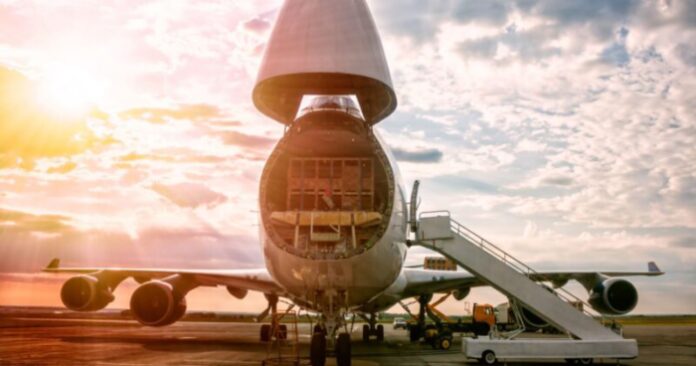
-
Absence of surging air cargo demand and rates contradicts belief that 2022 would see trading patterns return to normal after two years of pandemic disruption, DHL says
-
The forwarder expects a global average inflation rate of around 9% this year and inflation lasting well into 2023
-
Even if capacity at China’s airports increases, lockdowns at its key manufacturing hubs still impact supply chains
There are almost no signs of air cargo peak season surge in demand and rates during October to December, belying a belief that 2022 would see trading patterns return to normal after two years of pandemic disruption, DHL Global Forwarding says.
Two obvious and clear trends in pre-pandemic years were a slowing ocean market as its late summer peak shipping season drew to a close, generally overlapping with the second trend of air cargo demand and rates rising as shippers rushed products to shops in time for the holiday season.
In 2022, that rough guide to fourth-quarter trading patterns is proving rather obsolete, DHL says in its monthly industry analysis, the DHL October Airfreight State of the Industry.
DHL expects a global average inflation rate of around 9% this year and inflation lasting well into 2023, with “reduced purchasing power likely to create lesser demand/volumes”.
“Lower sales and high inventory” are already apparent across most sectors, with retail and manufacturing the most prominently hit. This is encouraging shippers to use ocean options wherever possible to limit inventory and reduce freight costs.
The monthly report highlighted that trans-Atlantic air trade volumes remain comparatively strong compared with most markets, a positive sign from a global perspective.
“More positively for customers, there are now a lot more air freight options available in most markets. Global capacity [was] up 18% in October this year versus 2021,” said Kelvin Leung, chief executive of DHL Global Forwarding Asia Pacific.
“In Asia, we’re now seeing Cathay ramping up its flights and we’re expecting fewer space constraints out of China following Golden Week.”
Despite positive signs in Asia, sentiment and the latest export volume data are tempering optimism, while the demand outlook is deteriorating. Airport Authority Hong Kong said cargo throughput at Hong Kong International Airport in September 2022 fell 25% y-o-y.
“Cargo volume was affected by global economic uncertainties, ongoing geopolitical tensions and disruptions to global supply chains,” reported AAHK. “Exports and imports saw decreases of 30% and 25%, respectively, compared with the same month last year.
“Cargo traffic to and from key trading regions in North America and Europe registered the most significant decreases.”
The DHL Hong Kong Air Trade Leading Index (DTI) also reported declining sentiment in its latest Q4 results.
“As the traditional peak season approaches, the overall trade index retreated again after recovering from the previous quarter,” DHL said. “Concerns over ‘weak consumption demand’, ‘high logistics cost’ and ‘inflation’ were reported by air traders.”
Even if capacity at Chinese airports does increase, there are reasons to be cautious about the economic and supply chain outlooks. Nomura expects real GDP growth in China to be just 2.2% this year versus 8.1% in 2021, with slowing exports cited as a key headwind.
Lockdowns still impact supply chains in China, DHL said. New restrictions hit key production hubs in Ningbo, Shanghai and Tianjin, with Ningbo particularly affected in October.
DHL said the outlook for key markets is also less than inspiring for air freight stakeholders. Nomura expects Europe, suffering from surging energy prices, will be in recession from Q4 2022 until the end of 2023, so will the United States.




